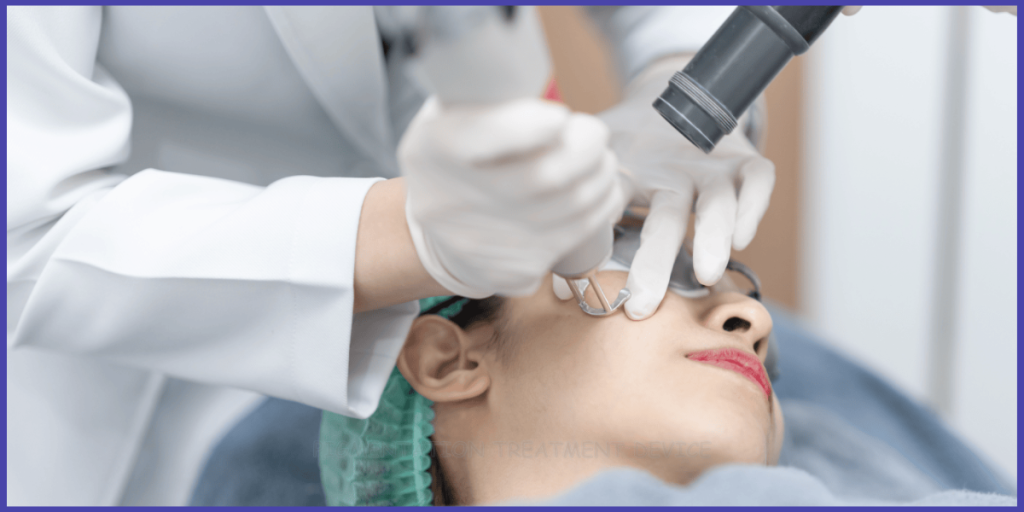Are Pigmentation Treatment Device as Effective as Lasers? What You Need to Know
Skin pigmentation—whether in the form of sunspots, melasma, or uneven tone—is a concern that many people try to address with modern skincare technology. Two of the most talked-about options today are pigmentation treatment device (including at-home tools and non-laser technologies) and professional laser treatments. Both aim to fade discoloration, but they work in very different ways. If you’re wondering which one is more effective, here’s what you need to know.
What Are Pigmentation Treatment Device?
Pigmentation treatment devices often include Intense Pulsed Light (IPL), LED light therapy, and handheld at-home tools. Instead of using a single powerful wavelength, these devices usually rely on broad-spectrum or lower-intensity energy to gradually improve the skin.
Advantages of Pigmentation Devices:
- Easy Access: Many options are available for at-home use without a dermatologist visit.
- Lower Cost: Typically more affordable than professional laser sessions.
- Gentle Treatments: They have minimal downtime and fewer risks.
Limitations:
- Slower Results: Noticeable changes often require weeks or months of consistent use.
- Surface-Level Impact: Most devices cannot reach deeper layers of pigmentation.
- Less Targeted: Results may vary depending on skin type and the severity of pigmentation.
How Do Lasers Work for Pigmentation?
Laser treatments, such as Q-switched and Pico lasers, use concentrated beams of light energy to shatter pigment clusters in the skin. This allows the body to naturally clear them away.
Advantages of Lasers:
- High Precision: Can target specific pigment spots without harming nearby skin.
- Stronger Results: Capable of treating both superficial and deep pigmentation.
- Fewer Sessions Needed: Improvements can often be seen after just a few treatments.
Limitations:
- Higher Cost: Professional sessions can be expensive.
- Potential Side Effects: Redness, peeling, or post-inflammatory pigmentation may occur.
- Not Always Suitable for All Skin Tones: Darker skin types require careful assessment to avoid complications.
Devices vs. Lasers: What’s the Difference?
| Feature | Pigmentation Devices | Laser Treatments |
| Best For | Mild, early-stage pigmentation | Moderate to severe pigmentation |
| Treatment Depth | Mostly surface-level | Can reach deep pigment layers |
| Speed of Results | Gradual, long-term | Faster, often after 1–3 sessions |
| Cost | Lower upfront | Higher, professional-based |
| Convenience | At-home or non-invasive | Requires clinic visits |
Choosing the Right Approach
The best option depends on your unique situation:
- Mild Pigmentation or Maintenance: Devices may be enough if you’re looking for gradual improvement or prevention.
- Stubborn or Deep Pigmentation: Lasers are usually more effective for treating challenging pigmentation.
- Budget and Lifestyle: Devices are affordable and convenient, while lasers offer faster, professional-level results.
- Skin Type Considerations: Always consult a dermatologist to ensure the treatment is safe for your skin tone and condition.
Final Word
Pigmentation treatment device and lasers are not competitors—they serve different purposes. Devices excel in maintenance and mild cases, while lasers remain the gold standard for deeper pigmentation issues. In many cases, dermatologists recommend a combination approach: professional laser sessions for intensive treatment, supported by at-home devices for upkeep.
Clear Skin Starts Here – Pigmentation Treatment Device
Book a consultation with a skincare expert today and find out whether pigmentation treatment devices or lasers are the best solution for your skin.
 Skip to content
Skip to content





